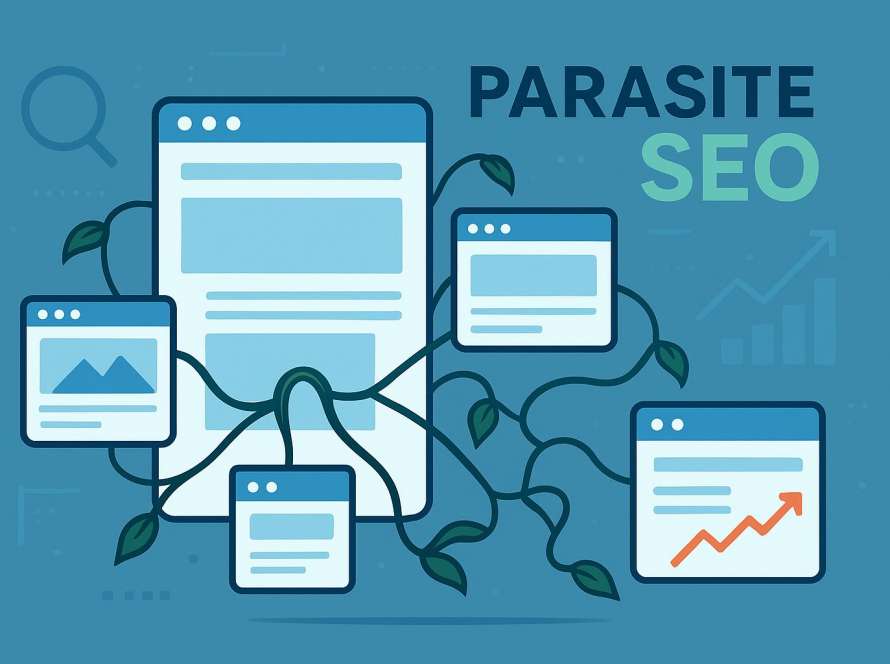In the modern digital landscape, social media is no longer just a platform to connect with friends and family.
It has evolved into a powerful marketing tool that can help businesses build brand awareness, engage with audiences, drive traffic, and boost conversions.
At the heart of leveraging social media effectively lies Social Media Optimization (SMO).
This guide will explore SMO in-depth, including its definition, benefits, strategies, tools, best practices, and future trends.
Table of Contents
Introduction to What is Social Media Optimization
Social Media Optimization (SMO) is the process of enhancing a brand’s visibility, reach, and engagement on social media platforms through strategic content creation, optimization techniques, and data-driven strategies.
Just like Search Engine Optimization (SEO) focuses on improving your visibility on search engines, SMO focuses on maximizing your impact on social media.
The ultimate goal is to connect with your audience, boost brand awareness, and drive traffic to your website or landing pages.

Key Objectives of SMO
- Increase brand awareness and recognition
- Drive more website traffic through social shares
- Enhance audience engagement and loyalty
- Improve conversion rates and lead generation
- Strengthen brand authority and trust
Why Social Media Optimization Matters
In 2025, social media has become a primary channel for businesses to communicate with audiences. According to recent studies, over 4.9 billion people are active on social media worldwide.
This enormous audience provides unmatched opportunities for brands to showcase their products, services, and expertise.
Benefits of Social Media Optimization
- Increased Visibility and Brand Awareness
SMO ensures that your content reaches a wider audience by making it more discoverable through shares, likes, and interactions. - Higher Engagement Rates
Optimized social media content encourages users to comment, share, and interact with your brand, building a strong online community. - Improved Website Traffic
By strategically placing links in posts, bio sections, and stories, SMO can drive significant traffic to your website. - Better Search Engine Ranking
Social signals (shares, likes, comments) indirectly impact SEO, boosting your visibility in search engines. - Lead Generation and Conversions
Engaging and optimized social content can convert followers into customers by guiding them through the sales funnel. - Enhanced Brand Credibility
Consistent, valuable, and optimized social media presence builds trust and authority among audiences.
Key Elements of Social Media Optimization
To effectively implement SMO, businesses must focus on multiple elements:
a. Profile Optimization
Your social media profiles are often the first point of contact for potential customers. Ensure that your profiles:
- Include a clear profile picture and cover image
- Have a well-written bio with keywords and brand messaging
- Include website links and contact details
- Showcase high-quality content consistently
b. Content Optimization
The core of SMO is creating content that resonates with your audience. Focus on:
- High-quality visuals and videos
- Shareable and engaging posts
- Content tailored to each platform
- Incorporation of trending hashtags
c. Community Engagement
Engage with your audience by:
- Responding to comments and messages promptly
- Participating in discussions and groups
- Encouraging user-generated content
- Hosting contests and interactive polls
d. Social Sharing Optimization
Make your content easy to share:
- Add social sharing buttons on blogs and website pages
- Encourage users to share content in posts
- Create visually appealing graphics and videos
e. Analytics and Monitoring
Track performance using:
- Engagement metrics (likes, shares, comments)
- Reach and impressions
- Website traffic from social media
- Conversion rates
SMO vs. SEO: Understanding the Difference
While both SMO and SEO aim to increase visibility online, they operate in different domains:
| Aspect | SEO | SMO |
|---|---|---|
| Focus | Search engine rankings | Social media platforms |
| Goal | Increase organic traffic | Increase engagement and brand awareness |
| Methods | Keyword optimization, backlinks, content SEO | Hashtags, shareable content, social profiles |
| Metrics | SERP ranking, traffic, CTR | Likes, shares, followers, engagement rate |
Key Insight: SMO complements SEO. High engagement on social media can indirectly boost your search rankings, creating a synergy between the two strategies.
Top Social Media Platforms for Optimization
Different platforms require different SMO strategies:
a. Facebook
- Use engaging visuals, live videos, and interactive posts
- Optimize your page with a keyword-rich bio
- Leverage Facebook Ads for targeted reach
b. Instagram
- Focus on visually appealing content and Stories
- Use trending hashtags and geo-tags
- Collaborate with influencers
c. LinkedIn
- Share thought leadership content
- Engage in professional groups and discussions
- Optimize your profile and company page with keywords
d. Twitter/X
- Share timely and trending content
- Use relevant hashtags and mentions
- Engage in conversations and retweets
e. YouTube
- Optimize video titles, descriptions, and tags
- Create captivating thumbnails
- Encourage subscriptions and engagement
f. TikTok & Reels
- Use trending challenges and music
- Focus on short, engaging videos
- Include hashtags and captions
Essential SMO Techniques
To maximize the impact of SMO, implement the following strategies:
a. Content Strategy
- Create high-quality, engaging, and shareable content
- Tailor content for each platform
- Include visuals, infographics, and videos for higher engagement
b. Hashtag Optimization
- Use relevant and trending hashtags
- Avoid overstuffing hashtags
- Monitor hashtag performance
c. Posting Frequency and Timing
- Post consistently
- Identify the best time to post for your audience
- Use scheduling tools for optimal posting
d. Influencer Marketing
- Collaborate with industry influencers
- Leverage their reach for brand awareness
- Ensure authenticity in collaborations
e. User-Generated Content
- Encourage followers to share their experiences
- Feature UGC on your profiles
- Builds trust and credibility
f. Social Media Ads
- Use paid campaigns for targeted reach
- A/B test ad creatives
- Track ROI and conversions
g. Cross-Promotion
- Share content across multiple platforms
- Promote blogs, webinars, and videos
- Use email marketing to drive social engagement
Measuring SMO Success: Metrics & KPIs
Tracking performance is critical to optimizing social media strategies. Key metrics include:
- Engagement Rate: Likes, shares, comments relative to followers
- Reach & Impressions: Number of people seeing your content
- Click-Through Rate (CTR): Percentage of users clicking on links
- Conversion Rate: Followers completing desired actions
- Follower Growth Rate: Speed of audience expansion
- Social Share of Voice: Your brand mentions vs competitors
SMO Tools You Must Know
Effective SMO requires the right tools. Here are some essentials:
- Hootsuite: Social media scheduling and monitoring
- Buffer: Post planning and analytics
- Canva: Graphic design for social content
- BuzzSumo: Content research and trending topics
- Sprout Social: Engagement and analytics
- Google Analytics: Track social media traffic
Common SMO Mistakes to Avoid
- Ignoring Analytics: Failing to track results leads to wasted effort
- Inconsistent Posting: Irregular content reduces engagement
- Neglecting Audience Engagement: Ignoring comments and messages
- Over-Promotion: Too much promotional content can alienate followers
- Not Optimizing for Each Platform: Content should be tailored to each social network
Future of Social Media Optimization
The digital landscape is evolving rapidly. The future of SMO includes:
- AI-Powered Content Optimization: Tools to analyze trends and create viral content
- Video-First Strategies: Short-form videos dominating social platforms
- Enhanced Analytics: Predictive metrics for smarter decision-making
- Social Commerce Growth: Direct selling via social platforms
- Personalization: Highly tailored content for specific audience segments
Conclusion
Social Media Optimization is no longer optional—it’s essential for businesses aiming to thrive in the digital age. By strategically optimizing profiles, content, engagement, and analytics, brands can enhance visibility, build trust, and drive meaningful results.
As platforms continue to evolve, staying updated with SMO trends, tools, and strategies will ensure your brand remains authoritative, trustworthy, and relevant in the eyes of your audience and search engines alike.




